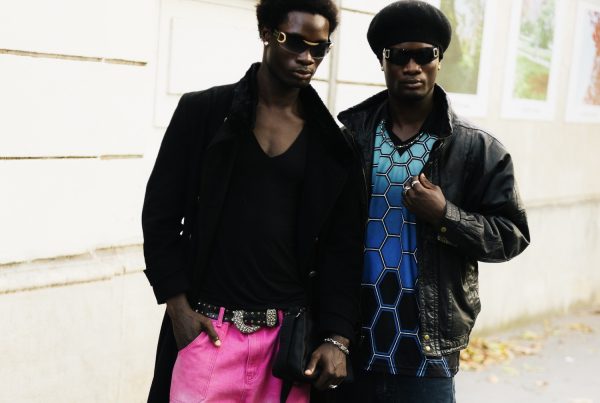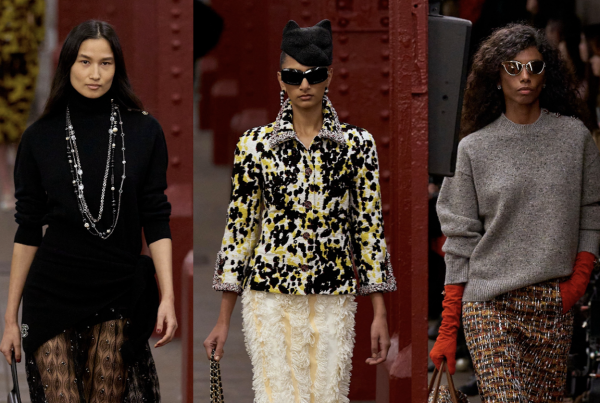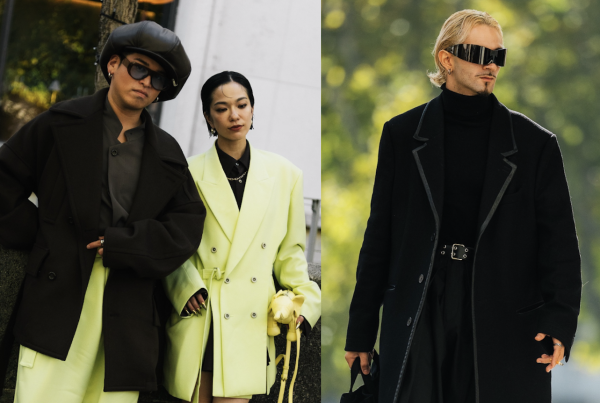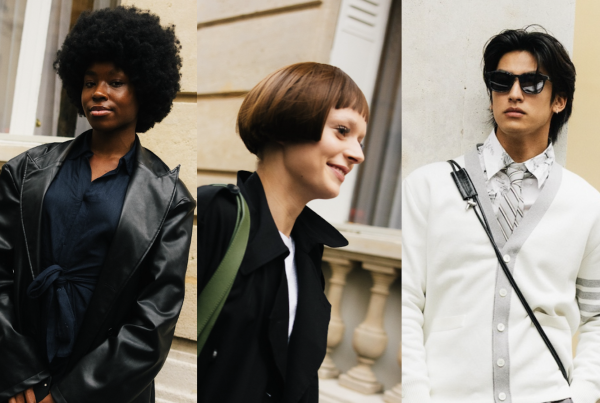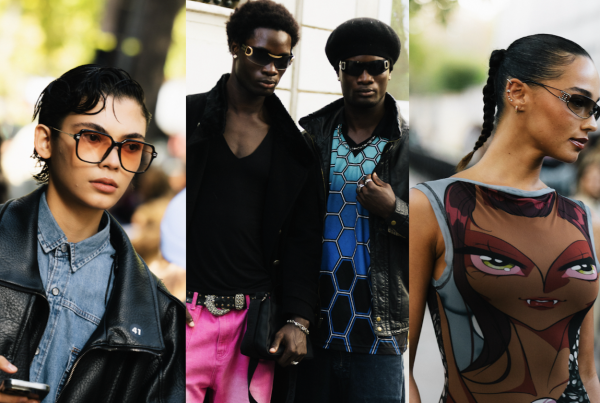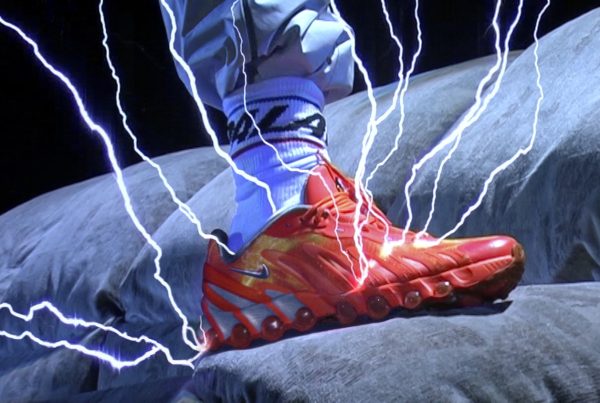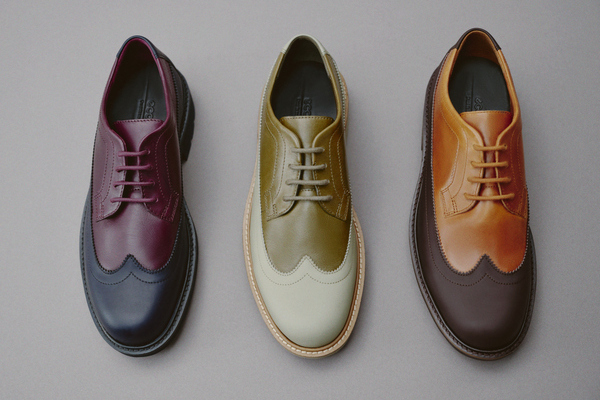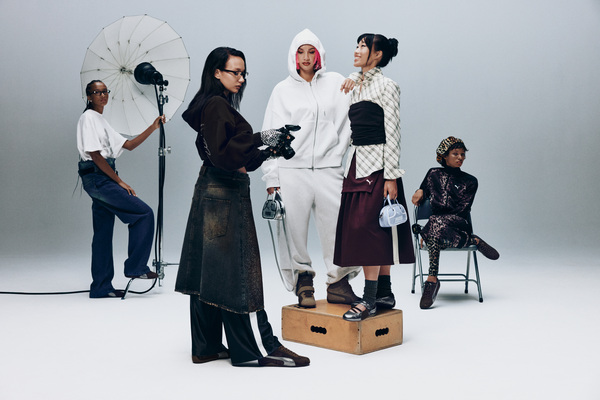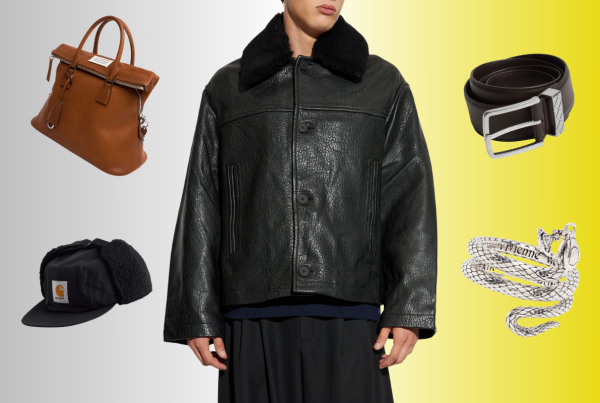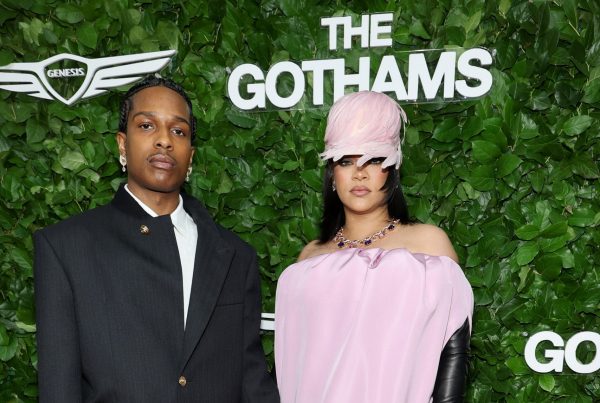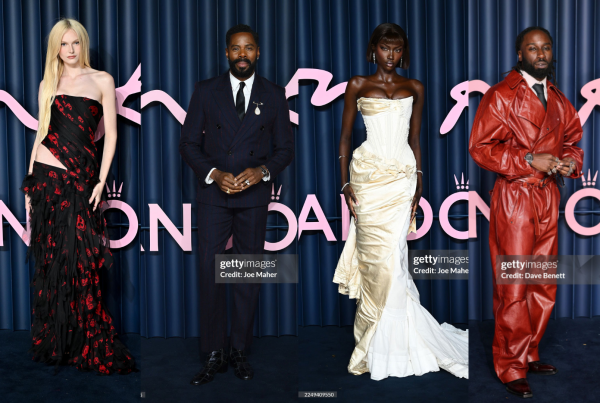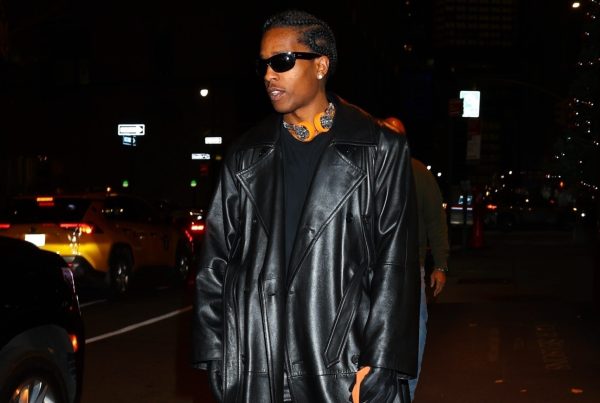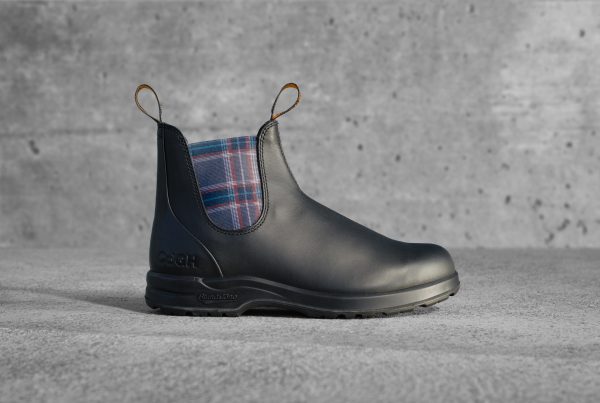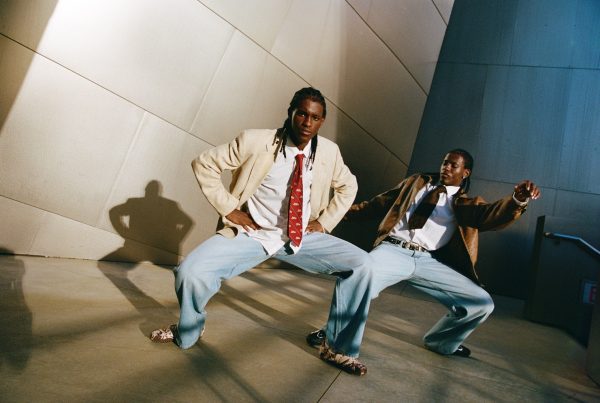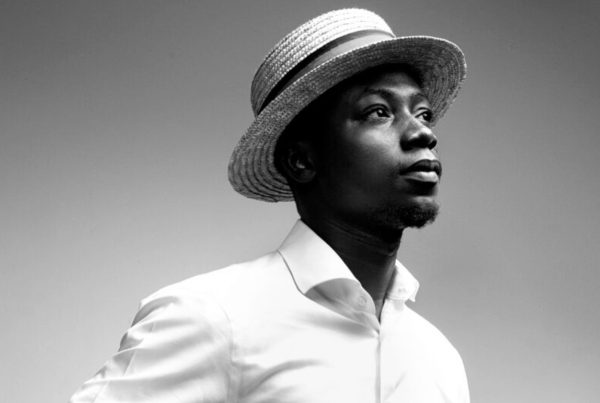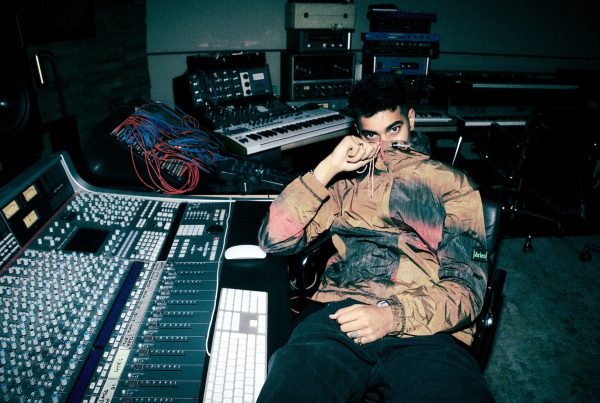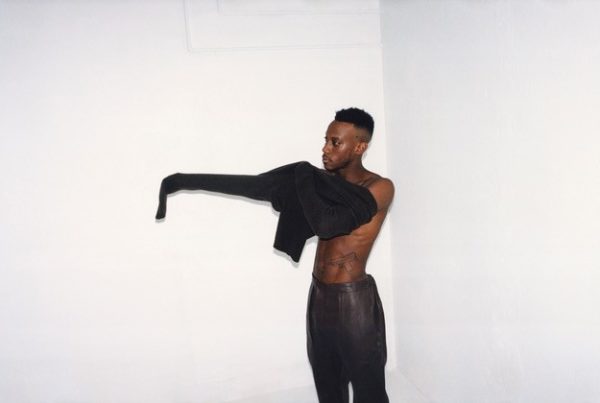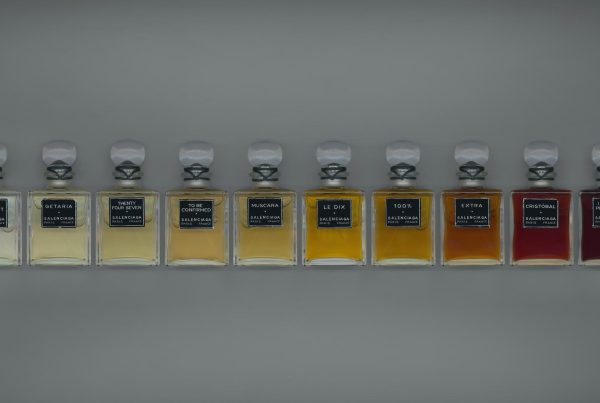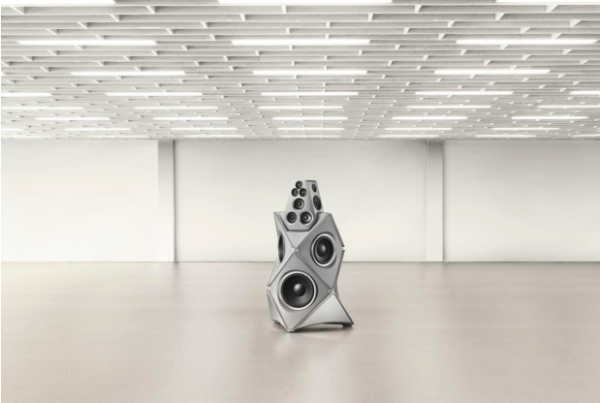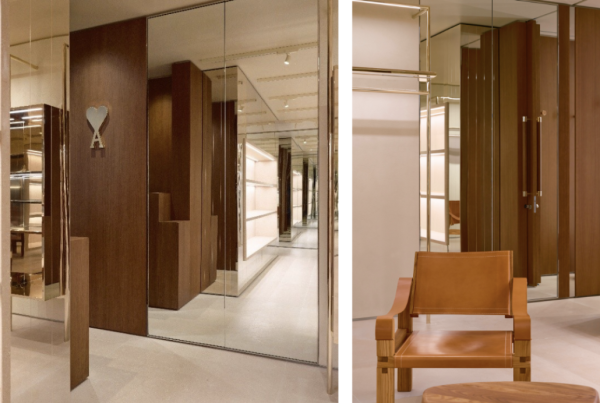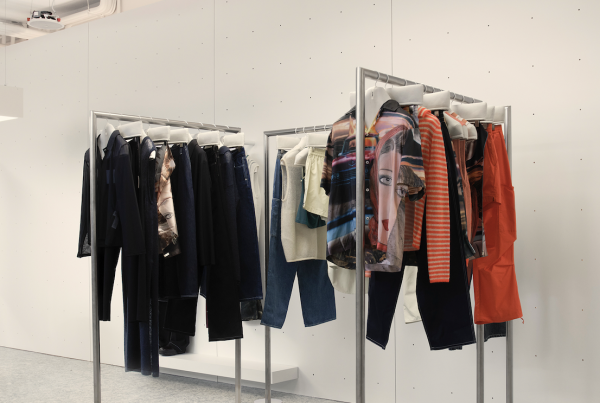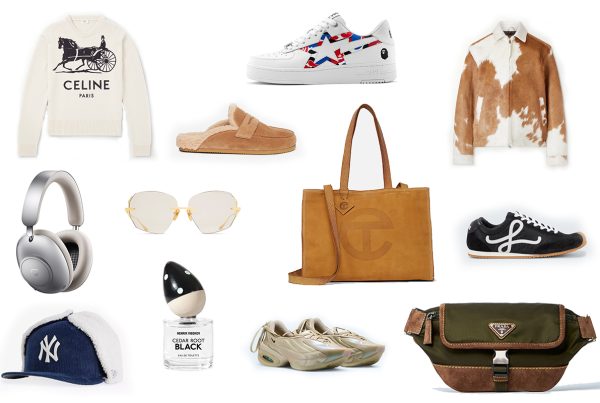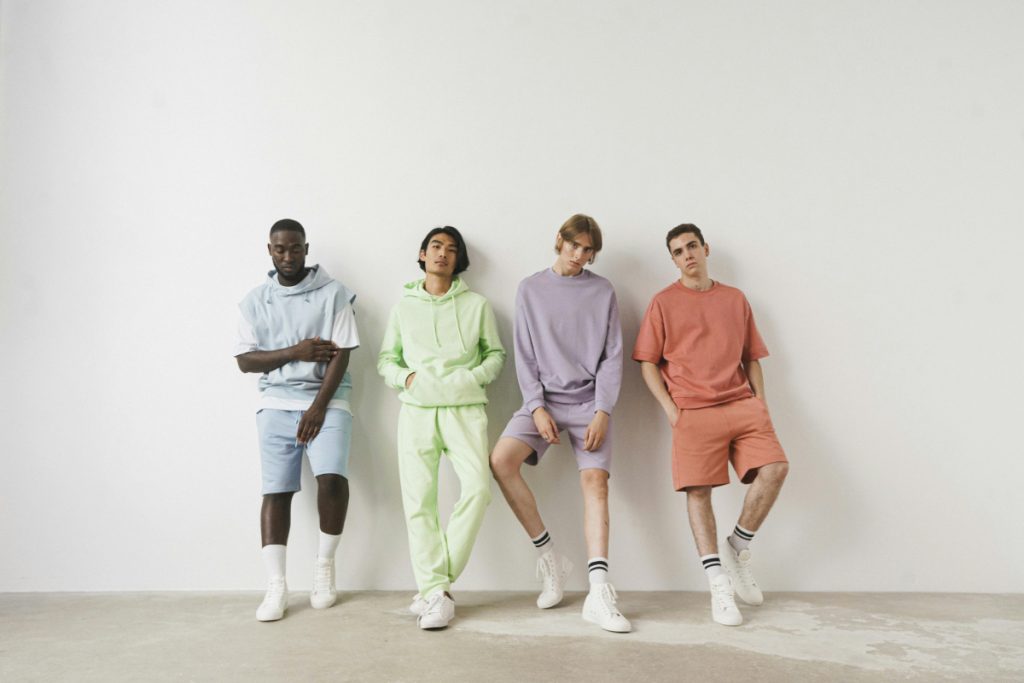
Fashion is a culmination of art, culture, and expression. But nowadays, there is a new force driving what we wear: algorithms. Behind the scenes, these invisible sets of rules, driven by data and AI, are transforming the fashion industry. Here are some ways algorithms are transforming our closets — from predicting trends to helping us choose elegant dresses for special occasions.
What Algorithms Mean for Fashion
Fundamentally, an algorithm is a sequence of instructions that a computer uses to solve a problem or make a decision. Algorithms analyze oceans of data in the fashion world — your clicks, your purchases, and how long you lingered over an item online. This personal data comes from a myriad of sources, such as online stores, social media channels, and even wearable technology. Algorithms then collect and analyze this information and predicts trends of the upcoming season.
As an example, if thousands of consumers search online with the keyword term “silk elegant dresses Chianti colour” all of a sudden, algorithms detect this signal. This allows fashion brands to respond faster, ensuring their stores are supplied with the styles people want. As a result, consumers find what they wanted to purchase before they even realize it.
Customized Shopping Experiences
Algorithms not only predict trends — they also custom-tailor the user’s shopping experience. An example that everyone has become familiar with is when you visit any online store, the site using algorithms recommends items you might be interested in buying based on the way you have acted on their site before. If you were checking out spring skirts, you’ll likely see more of them suggested the next time you visit. This helps in speeding up the shopping process, simplifies it and also make it more fun because you only see items that match your taste and needs.
The Power of Big Data
Big Data also plays an important role in this transformation. Designers and retailers use a wealth of data to make more informed decisions about what to design and sell. By analyzing everything from buzz on social media sites to weather patterns, they can predict demand and avert the overproduction of goods that may never sell. Not only does this keep waste down, and benefits the environment, but it also means shoppers always have the current trends available to them.
Learning from Other Industries
Interestingly, the fashion industry isn’t the only one using algorithms to personalize experiences. Algorithms developed by online casinos, for example, are designed to predict player behavior and offer tailored recommendations for games and promotions. These same techniques—like machine learning and predictive analytics—are now being used in fashion to understand shoppers’ preferences and suggest outfits that suit their unique style. This cross-industry sharing of technology is making both gaming and fashion smarter and more responsive to individual needs.
Striking the Right Combination of Technology and Creativity
Algorithms certainly make shopping easier, but some are concerned that data dependency stifles creativity and individuality. Many designers view these algorithms as useful aids that remove the need for guesswork and allow them to spend more time on creative pursuits. Algorithms take care of the data and forecasts, giving designers more time to focus on creating innovative looks, from casual wear to the most elegant dresses.
Conclusion
The way we shop, dress, and speak is being affected by algorithms and big data. They assist us in discovering trends, picking the right outfit, and simply give us a more customized shopping experience. From the latest classy dresses to a daring trends, algorithms are ensuring that fashion keeps pace with our constantly evolving sense of style — one data point at a time.



